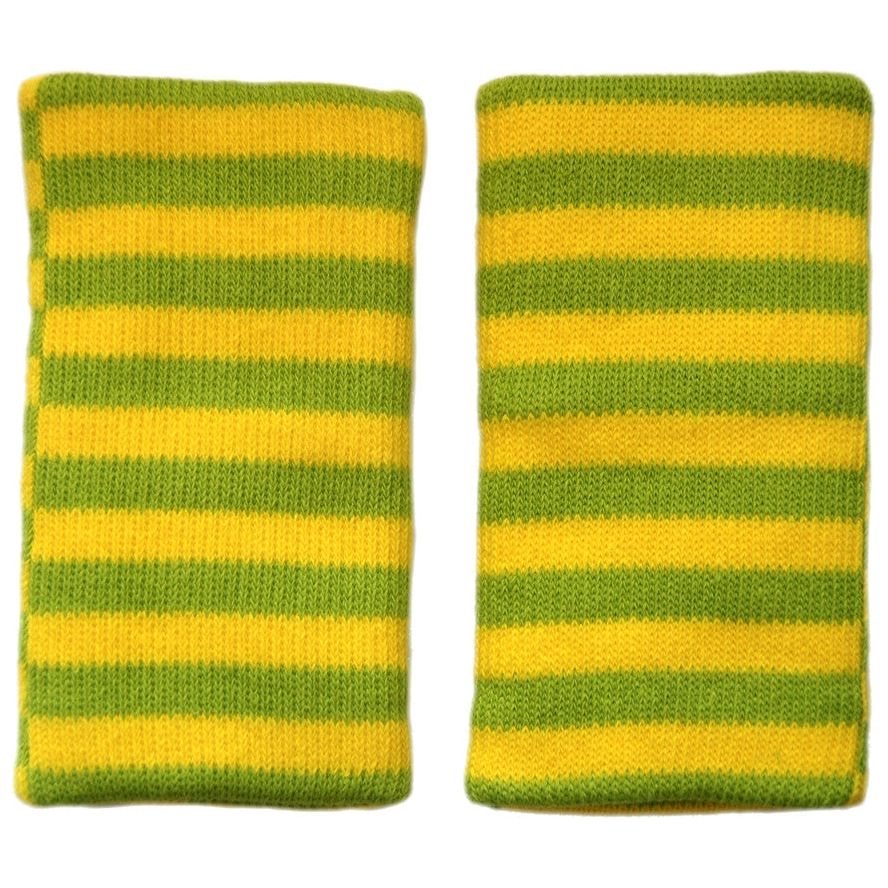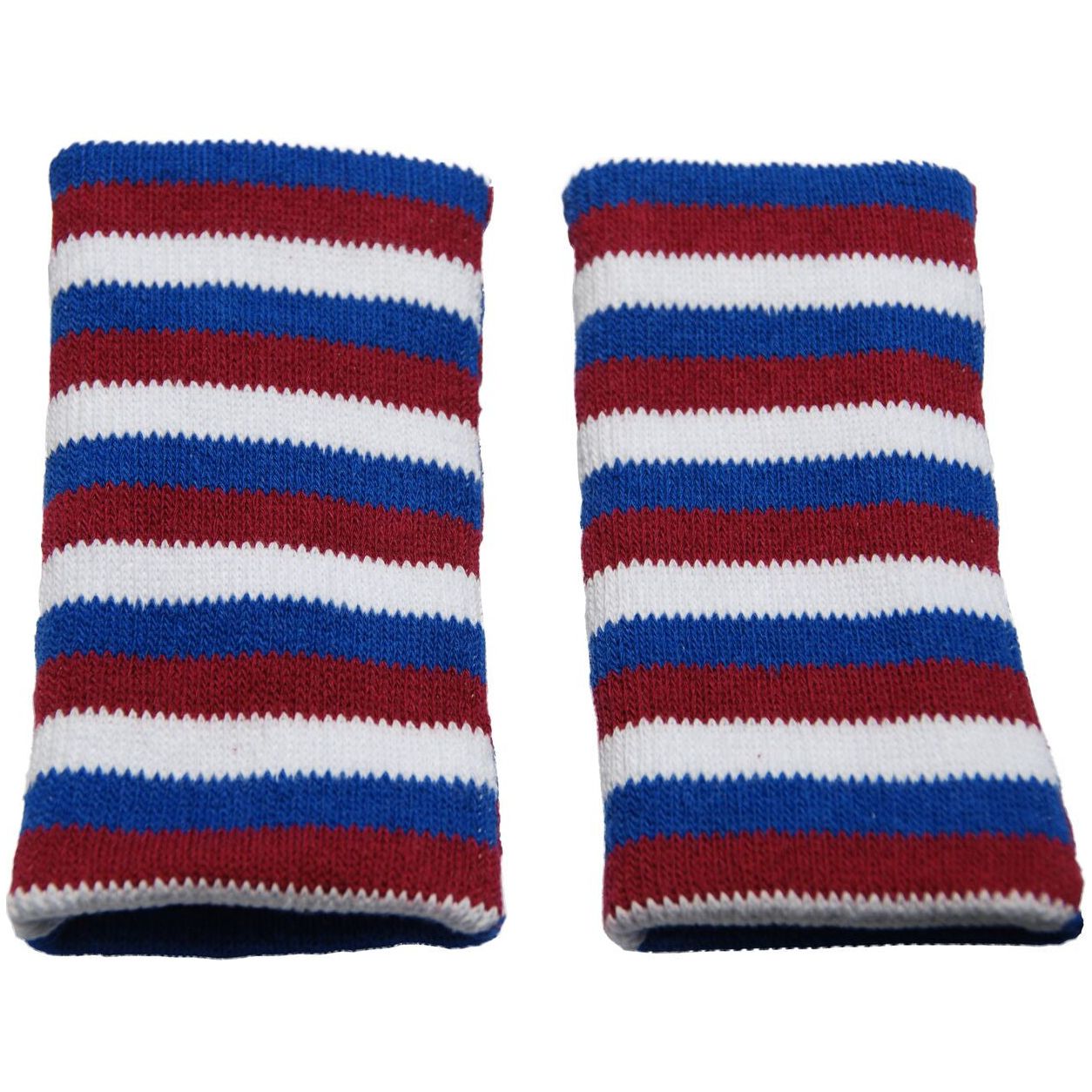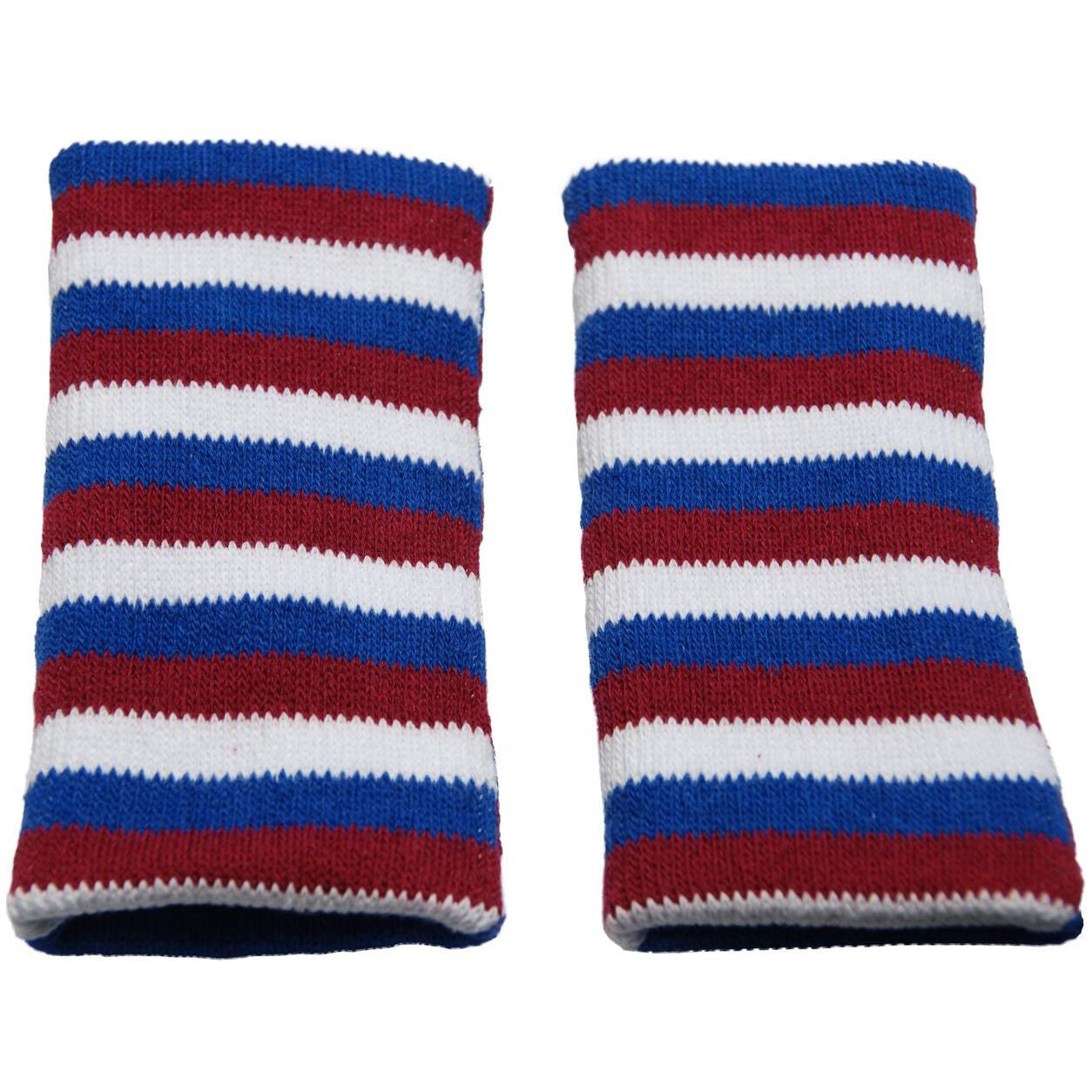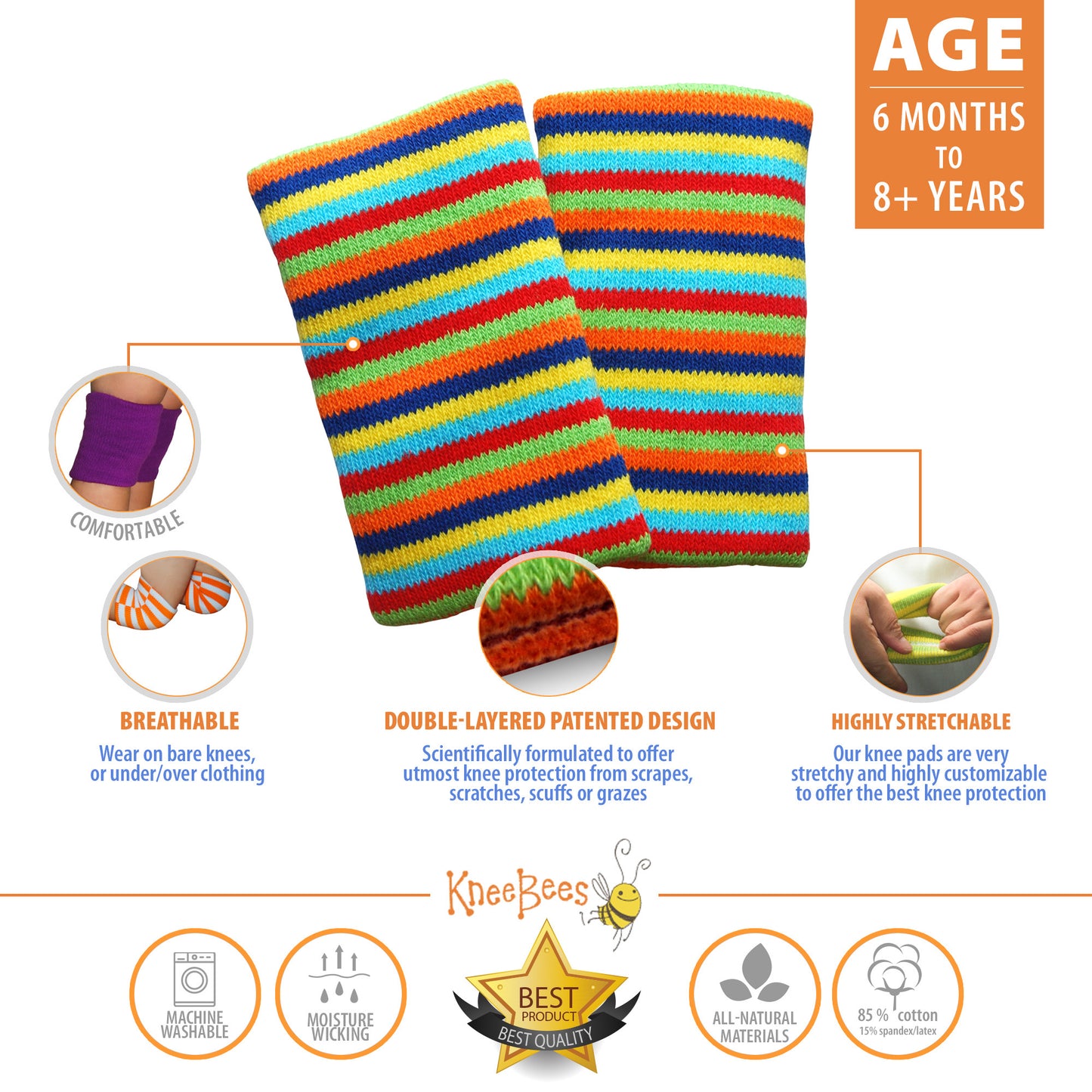A fun article we found on www.mentalfloss.com and wanted to share :).
IMAGE CREDIT: ISTOCK
"10 Reasons Babies Are Tiny Superhumans"
by Rachel LaChapelle
"Contrary to popular opinion, infants can do a lot more than eat, sleep, and poop. Here are ten scientifically proven baby superpowers that we were all capable of…once upon a time.
1. SUPER STRENGTH While a cherished moment for parents, a newborn’s first firm grasp on a parent’s finger is really just a reflex. Babies will instinctively curl their tiny fingers around any object that brushes against their palms in what's called the palmar grasp. The grip is strong enough to support the baby’s entire body weight, a feat few adults can boast of having. The palmar grasp is thought to be a vestigial trait, left over from the days when humans were hairier and babies clung to their parents’ coats like little monkeys.
2. SUPER TASTE With three times as many taste buds as adults scattered across their tongue, palate, tonsils, and cheeks, babies have an acute sense of taste. Taste preferences begin to take shape in the womb, as babies can detect aromas in the nutritious amniotic soup they swallow, ingesting up to 15 ounces per day by late pregnancy. The flavors found in amniotic fluid and breast milk change depending on what the mother eats. Researchers think this may play a part in cultural food preferences, as infants’ early exposure to certain flavors has been shown to affect their future palate. In general, however, infants tend to favor the flavors found in breast milk: sweet and umami. Youngsters, meanwhile, tend to have a sweet tooth because they need extra energy from sugars to grow. Their special hate for vegetables stems from the association of bitterness with poison, which they’re hardwired to avoid. As the sense of taste dulls with age, people often grow to appreciate bitter foods such as Brussels sprouts and beer.
3. SUPER SMARTS Babies are born at the point in their development when their huge heads are on the verge of becoming too big to squeeze through the birth canal and their brains are much larger and more highly developed than their bodies. After birth, a baby’s brain continues to grow rapidly, reaching more than half of adult size by three months of age. Inside that big baby brain is the same number of neurons that adults have—around 86 billion. Babies build connections between those neurons, called synapses, with every new learning experience. By toddlerhood, they’ve formed 1,000 trillion synapses, about twice as many as adults. Throughout childhood and adolescence, a process called synaptic pruning rids the brain of the weak and unnecessary connections.
4. SUPER SENSES Some scientists theorize that all babies are born synesthetes, meaning they experience the world with interconnected senses that, for example, link colors and shapes [PDF]. A rare condition in adults, synesthesia can cause people to see sounds, taste words, or read letters and numbers in color. If babies do experience synesthesia during their first few months of life, it may be due to all that extra connectivity in the synaptic pathways of the mind that have yet to be pruned.
5. SUPER SWIMMERS Until around six months of age, babies naturally know how to swim with their eyes and mouths wide open. They can do this because of the diving reflex, which automatically seals off the windpipe to divert water from the lungs to the stomach. This is possible because of the high position of the larynx (voice box) at this age. The larynx descends later in infancy to make speech possible, and then again during puberty, which deepens the voice (the change is more obvious for boys, but also occurs for girls). The same anatomical quirk allows babies to swallow and breathe simultaneously, as they do while nursing.
6. SUPER ANIMAL AWARENESS Six-month-olds can determine the difference between angry and happy dog barks, according to a Brigham Young University study. The babies in the study, who hadn’t been around dogs much beforehand, matched the mood of a pooch’s woof to a picture of its snarling or friendly facial expression—and they got it right on the first try.
7. SUPER LINGUISTS Before they can speak, babies know the meanings of some words. One study showed that infants as young as six months looked at the matching picture when their parents named a common noun, even though most babies aren’t able to say any words until their first birthday. From the time they’re in utero until they learn to talk, babies pay a lot of attention to the rhythm and patterns, or prosody, of language. “Studies have shown that even babies who are just 24 hours old can distinguish between their language and a language that is prosodically different from theirs,” Virginia Valian, head of Hunter College’s Language Acquisition Research Center, told LiveScience. This is why babies in bilingual households can easily separate their two native languages. Infants’ observance of prosody also explains why baby babbling, as seen in this viral video, can sound like a conversation in tiny tot language.
8. SUPER SENSE OF JUSTICE According to researchers at the Yale University Infant Cognition Center, babies have an innate sense of justice and morality. In their experiment, young babies were shown a puppet show and then asked if they preferred the “Helper” (the nice puppet) or the “Hinderer” (the mean puppet). Even though the puppets looked identical except for the color of their clothes, the babies consistently reached for or eyeballed the nice puppet and avoided the mean puppet, suggesting that they can evaluate the difference between good and bad.
9. SUPER PERCEPTION In The Philosophical Baby, University of California, Berkeley professor of psychology Alison Gopnik describes infants as having a “lantern consciousness” as compared to the “attention spotlight” of adults. Young kids are hyperaware of their surroundings, diffusing their attention like the light of a lantern instead of focusing in on one important thing like grownups do. To adults, it seems like little kids don’t pay attention to anything, but really they pay attention to everything. This way of thinking fosters learning, imagination, and creativity.
10. SUPER CUTENESS Ever wanted to pinch, nibble, and/or (figuratively) eat up a little one’s chubby cheeks? Researchers say the desire is triggered by the delicious smell of a newborn’s head, which activates the same reward circuits in women’s brains as food or other addictive substances. There’s an evolutionary reason why babies seem so darned adorable, and it’s basically to manipulate parents into feeding, protecting, and caring for the tiny and otherwise helpless humans. Babies still have a lot of growing and developing to do after birth, and adults are conditioned to respond to the big eyes and round faces (among the set of cute features that researchers refer to as baby schema) by giving them the attention they need to survive."


























